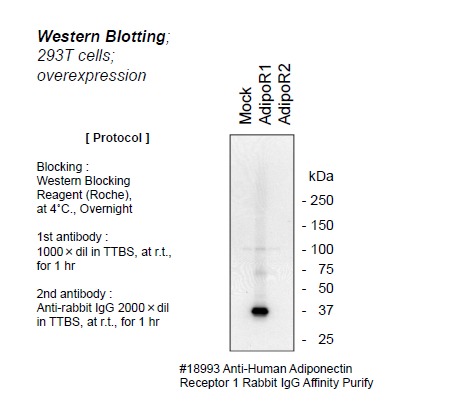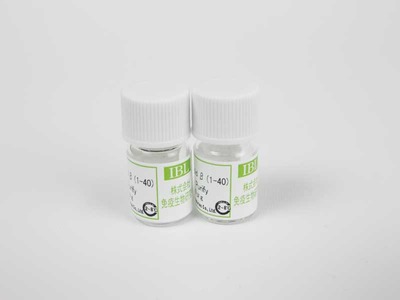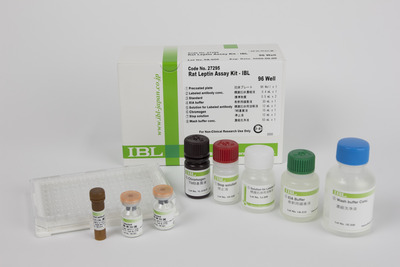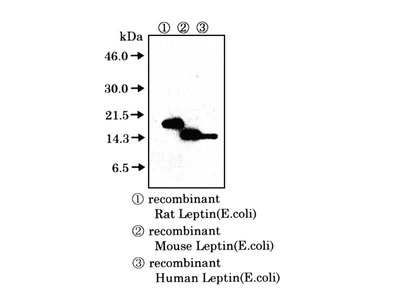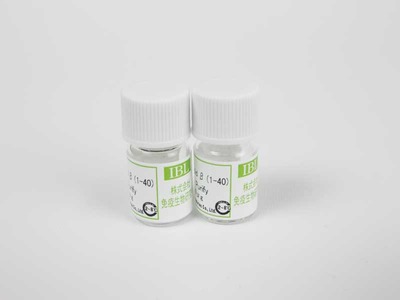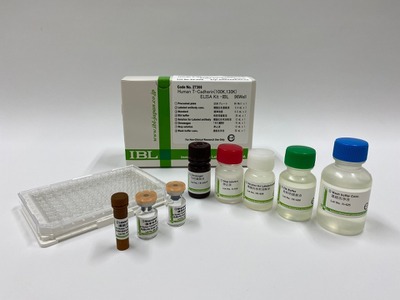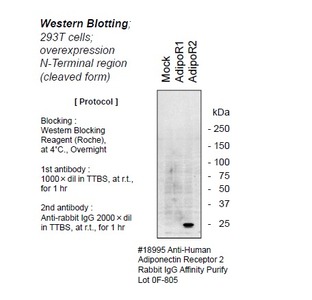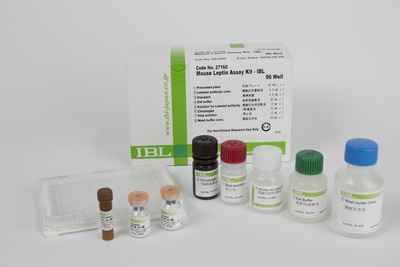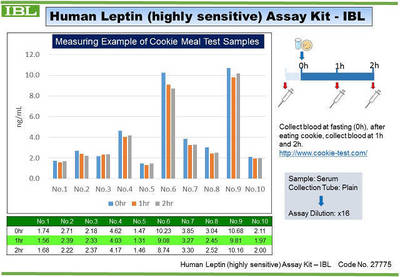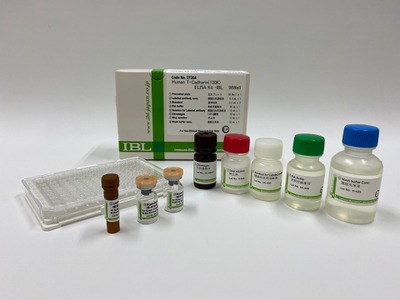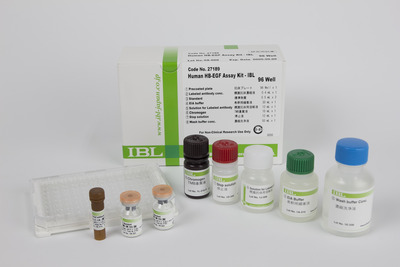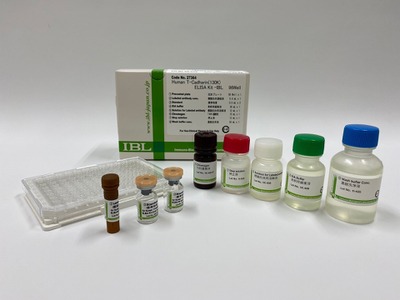- HOME >
- For Researchers >
- Product Search >
- Search Result >
- #18993 Anti-Human Adiponectin Receptor 1 Rabbit IgG Affinity Purify
Product Search
#18993 Anti-Human Adiponectin Receptor 1 Rabbit IgG Affinity Purify
- Intended Use:
- Research reagents
- Application:
- WB
- Package Size1:
- 100 μg
- Package Size2:
- 10 μg
- Note on Application Abbreviations
- WB:Western Blotting
※ The product indicated as "Research reagents" in the column Intended Use cannot be used
for diagnostic nor any medical purpose.
※ The datasheet listed on this page is sample only. Please refer to the datasheet
enclosed in the product purchased before use.
Product Overview
Product Overview
| Product Code | 18993 |
|---|---|
| Product Name | Anti-Human Adiponectin Receptor 1 Rabbit IgG Affinity Purify |
| Intended Use | Research reagents |
| Application | WB |
| Species | Human |
| Immunizing antigen | Synthetic peptide of a part of human Adiponectin Receptor 1 (TVELAELGPLLEEKGKRV) |
| Purification Method | Purified with antigen peptide |
| Specificity | Not cross-react with Adiponectin Receptor 2. Cross-reacts with Mouse |
| Package Form | Lyophilized product from 1 % BSA in PBS containing 0.05% NaN3 |
| Storage Condition | 2 - 8℃ |
| Poisonous and Deleterious Substances | Applicable |
| Cartagena | Not Applicable |
| Package Size 1 | 100 μg |
| Package Size 2 | 10 μg |
| Remarks1 | The commercial use of products without our permission is prohibited. Please make sure to contact us and obtain permission. |
Product Description
Product Description
It has been reported that mast cells secrete various bioactive substances (adipokines), in addition to serving as a place for energy storage. Adiponectin has been shown to be one of the adiopkines possessing anti-diabetic, anti-atherosclerotic and anti-inflammatory actions. It was recently shown that the blood adiponectin levels were reduced in cases of obesity. As a result, adiponectin has been attracting close attention as a factor playing a central role in the development of the metabolic syndrome. More recently, adiponectin receptors, Adiponectin Receptor 1 (AdipoR1) and Adiponectin Receptor 2 (AdipoR2) have been identified, inviting very close attention. AdipoR1 is expressed throughout the living body, but its expression is particularly prominent in the skeletal muscles. Unlike the G-protein- coupled receptors (GPCR) reported previously, AdipoR1 can be topologically characterized by an intracellular N-terminal and extracellular C-terminal. Structurally, this receptor seems to belong to a new family of receptors different from the GPCR. AdipoR1 serves as a receptor for globular adiponectin and full-length adiponectin. It has been shown that this receptor transmits signals for suppression of glycogenesis and stimulation of fat burning and sugar utilization through activation of AMP kinase, p36MAPK and PPARα. Measurement of AdipoR1 is expected to be useful in not only diabetes-related research, but also research on inflammation, atherosclerosis and, as has been shown more recently, tumors.
References
References
- ADIPOR1 is essential for vision and its RPE expression is lost in the Mfrprd6 mouse. Sluch VM et al. Sci Rep. 2018 Sep 25;8(1):14339.PMID: 30254279
- Growth-inhibitory effect of adiponectin via adiponectin receptor 1 on human breast cancer cells through inhibition of S-phase entry without inducing apoptosis. Nakayama S et al. Breast Cancer Res Treat. 2008 Dec;112(3):405-10.PMID: 18163210
Note: Retrieve by PMID number in displayed by abstract: http://www.ncbi.nlm.nih.gov
FAQ
FAQ
-
 Q.What is immunogen sequence for this antibody?
Q.What is immunogen sequence for this antibody? -
 A.It is TVELAELGPLLEEKGKRV.
A.It is TVELAELGPLLEEKGKRV.

